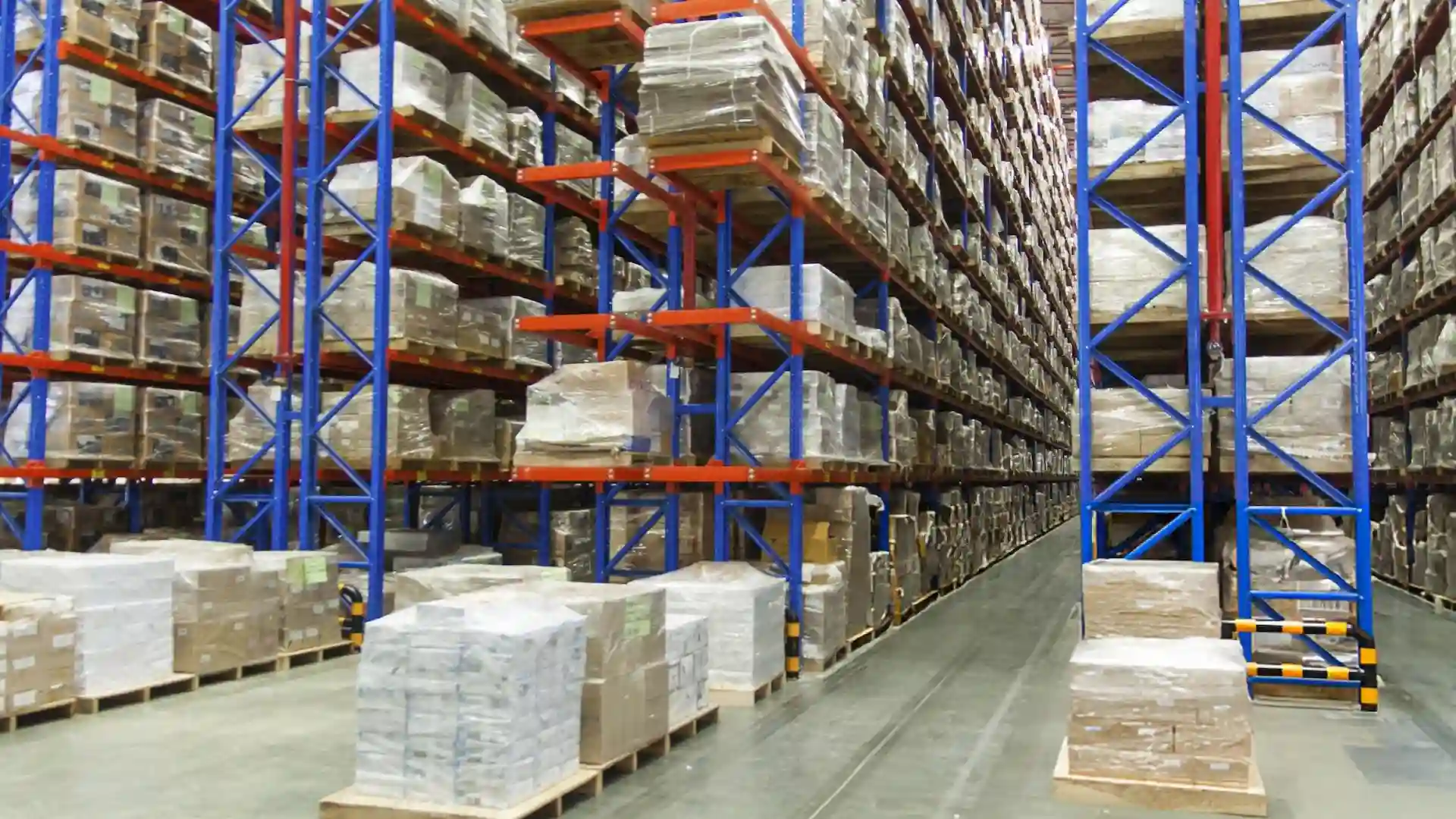Using Data Analytics to Predict Holiday Shopping Trends

As the holiday season approaches, businesses prepare for the surge in consumer spending. This period is often make-or-break for retailers, both online and offline. Predicting holiday shopping trends is crucial for maximizing sales, optimizing marketing strategies, and managing inventory. In today’s digital landscape, data analytics plays a pivotal role in helping businesses anticipate these trends, identify consumer behavior patterns, and make data-driven decisions. In this article, we’ll explore how data analytics can predict holiday shopping trends, offer actionable insights, and help companies capitalize on the busiest time of the year.
The Importance of Predicting Holiday Shopping Trends
Understanding holiday shopping trends goes beyond simply tracking what products are in demand. It's about comprehending consumer behavior—what drives purchases, what channels are most effective, and how shopping habits change during the holiday season. Businesses that can accurately predict these trends can tailor their marketing campaigns, improve customer experience, and boost revenue growth. Data-driven approaches to understanding buyer preferences and seasonal demand help retailers stay ahead of the competition.
For instance, consider how retailers must prepare for inventory planning. Predicting which products will be hot sellers and ensuring enough stock is on hand without over-ordering is a delicate balance. By leveraging predictive analytics based on historical data, businesses can make informed decisions, avoiding stockouts or excess inventory.
Leveraging Historical Data for Sales Forecasting
One of the most effective ways to predict holiday shopping trends is through the use of historical data. Sales forecasting models can analyze previous years' performance to identify recurring patterns in consumer behavior. For example, market insights from past Black Fridays, Cyber Mondays, and the Christmas season provide a solid foundation for anticipating shopping patterns in the coming year.
By analyzing historical data, retailers can make more accurate demand forecasting predictions, optimizing everything from product offerings to pricing strategies. Data from previous years also helps businesses identify which marketing channels were most effective. Was email marketing the top converter? Did social media drive significant user engagement? This insight helps tailor future campaigns for maximum impact.
The Role of Predictive Analytics in Understanding Consumer Behavior
Predictive analytics goes a step further by not only examining past trends but also forecasting future behavior based on a wide range of variables. Factors like economic conditions, evolving shopping habits, and social media analytics can heavily influence what happens during the holiday shopping season.
For example, predictive analytics can forecast spikes in website traffic and conversion rates, allowing businesses to optimize their digital platforms. E-commerce trends like mobile shopping or voice search can be factored into these models to enhance the customer experience. Through real-time data analysis, retailers can monitor user engagement, fine-tune marketing messages, and adjust promotions on the fly to ensure they’re meeting consumer expectations.
One major advantage of predictive analytics is the ability to create more personalized shopping experiences. By segmenting customers based on preferences, behavior, and demographics, businesses can deliver targeted ads, customized product recommendations, and exclusive offers to different customer groups. This customer segmentation not only boosts conversion rates but also enhances customer loyalty during the holiday season.
Data Analytics Tools for Retailers
With the growing complexity of online shopping and consumer interaction, retailers must rely on robust analytics tools to sift through vast amounts of data. Several cutting-edge tools help businesses predict holiday shopping trends:
- Google Analytics: Tracks website traffic, offering insights into how visitors interact with your site, which pages they visit, and what products they show interest in.
- Tableau: Specializes in data visualization, helping businesses see their sales data and consumer behavior patterns clearly and make informed decisions quickly.
- Adobe Analytics: Provides real-time insights into cross-channel campaign effectiveness, allowing marketers to optimize performance.
- Social Media Analytics Tools: Platforms like Hootsuite or Sprout Social track social media analytics, helping businesses understand customer sentiment and engagement.
- Customer Feedback and Survey Tools: Gather real-time insights from customers to understand their needs and preferences, leading to more effective personalized marketing strategies.
These tools make it easier to track key performance metrics, analyze the effectiveness of digital marketing campaigns, and anticipate buyer preferences during the busy holiday season.
The Power of A/B Testing and Performance Metrics
Another way data analytics helps businesses predict holiday shopping trends is through A/B testing. By comparing different versions of a webpage, email, or ad, retailers can see which version performs better. This approach allows businesses to refine their digital marketing strategies based on real-world data, optimizing everything from copywriting to design elements.
For instance, you might test two versions of a holiday sale landing page to see which one leads to higher conversion rates. Perhaps one version includes free shipping, while the other offers a discount. A/B testing can reveal which incentive drives more sales, allowing retailers to focus on the most effective promotions.
Tracking performance metrics is key to success. During the holiday season, it’s essential to monitor everything from click-through rates to shopping cart abandonment rates. This data helps retailers understand what’s working and what needs adjustment, allowing for nimble shifts in strategy when necessary.
Enhancing E-commerce Through Personalized Marketing
Personalization is becoming a dominant trend in e-commerce and is especially powerful during the holidays. Data analytics enables businesses to deliver tailored messages and product recommendations based on individual shopper behavior. Personalized marketing not only boosts sales but also enhances customer satisfaction, leading to repeat purchases and long-term loyalty.
For instance, by analyzing a customer’s past purchases and browsing history, a retailer can suggest complementary products or recommend similar items. During the holiday season, when customers are shopping for gifts, this type of personalization can greatly enhance the shopping experience.
Additionally, email marketing can be optimized using customer insights. Sending personalized emails with gift suggestions based on previous buying behavior can significantly improve open rates and conversions. Businesses can further segment their audience based on demographic data, such as age, location, and shopping preferences, to tailor their messages more effectively.
Competitive Analysis and Market Research
To succeed during the holidays, it’s essential not only to understand your customers but also to keep an eye on your competitors. Competitive analysis provides valuable insights into how your competitors are positioning their products, pricing strategies, and marketing campaigns. Data analytics tools can track competitor activity, including social media campaigns, website traffic, and customer reviews.
Additionally, conducting thorough market research allows businesses to identify gaps in the market and capitalize on emerging trends. This insight can be used to adjust product offerings, pricing strategies, or even shipping options to gain a competitive edge during the holiday rush.
Using Real-Time Data to Adapt to Holiday Shopping Trends
One of the most valuable aspects of data analytics is its ability to provide real-time data. During the holiday season, shopping behavior can shift rapidly, influenced by everything from weather changes to viral social media trends. Real-time data allows businesses to adjust their strategies on the fly, ensuring they remain responsive to changing consumer demands.
For example, if a particular product suddenly spikes in popularity, retailers can adjust their inventory planning and increase promotional efforts. On the flip side, if certain items aren’t moving as expected, businesses can tweak their pricing or marketing messages to stimulate sales.
Conclusion: Data Analytics as the Key to Holiday Success
Predicting holiday shopping trends is no longer a guessing game, thanks to the power of data analytics. From historical data analysis to predictive analytics and real-time data, businesses now have a wealth of tools at their disposal to forecast demand, optimize digital marketing efforts, and tailor customer experiences. By leveraging these insights, companies can stay ahead of the competition, enhance customer satisfaction, and maximize revenue growth during the holiday season.
As we look to the future, the role of data-driven decisions in predicting holiday shopping trends will only grow. Businesses that invest in retail analytics, stay attuned to e-commerce trends, and adapt quickly based on performance metrics will be best positioned to thrive during the busiest shopping time of the year.
FAQ Section: Using Data Analytics to Predict Holiday Shopping Trends
How can data analytics help in predicting holiday shopping trends?
Data analytics enables e-commerce brands to analyze historical data, identify consumer behavior patterns, and forecast seasonal demand. By leveraging predictive analytics, brands can anticipate shopping patterns, optimize inventory planning, and tailor marketing strategies to maximize sales during the holiday season.
What data is most important for holiday sales forecasting?
Key data points for sales forecasting during the holidays include historical sales data, website traffic, social media analytics, and customer segmentation insights. Additionally, tracking conversion rates and real-time data is crucial for adapting to shifts in consumer demand throughout the holiday shopping season.
How can predictive analytics improve e-commerce holiday marketing campaigns?
Predictive analytics helps e-commerce brands tailor personalized marketing campaigns by understanding customer preferences and behavior. Brands can use data-driven insights to optimize email marketing, adjust A/B testing results for higher conversion rates, and deliver targeted promotions that align with buyer preferences during the holidays.
Which tools are best for analyzing holiday shopping trends?
Popular analytics tools for predicting holiday trends include Google Analytics for tracking website traffic, Tableau for data visualization, and social media analytics tools like Hootsuite for understanding customer engagement. Additionally, real-time data platforms provide valuable insights to adapt campaign effectiveness during the holiday shopping rush.
How does customer segmentation help improve holiday sales?
Customer segmentation allows e-commerce brands to group customers based on demographics, buying behavior, and preferences. By targeting specific segments with personalized offers, promotions, and marketing messages, brands can increase user engagement, boost conversion rates, and improve overall revenue growth during the holiday season.

.svg)
.svg)
.svg)




